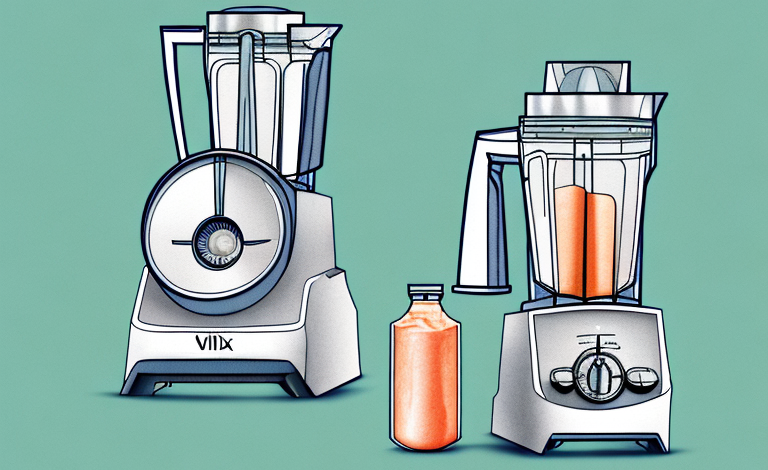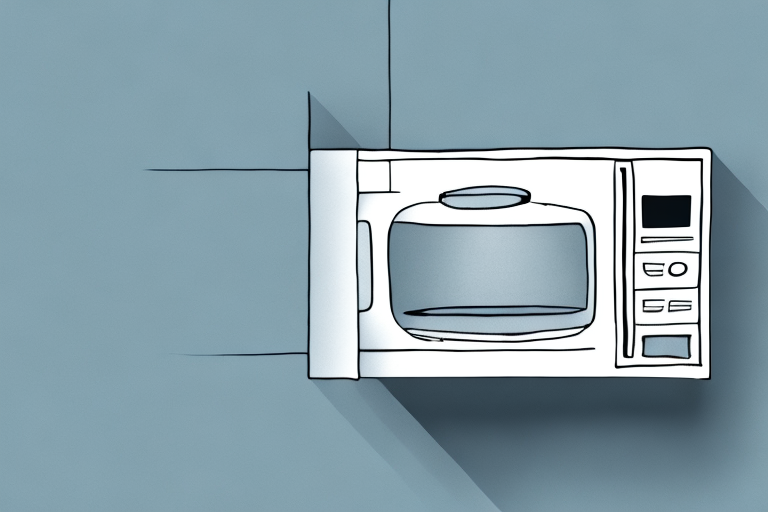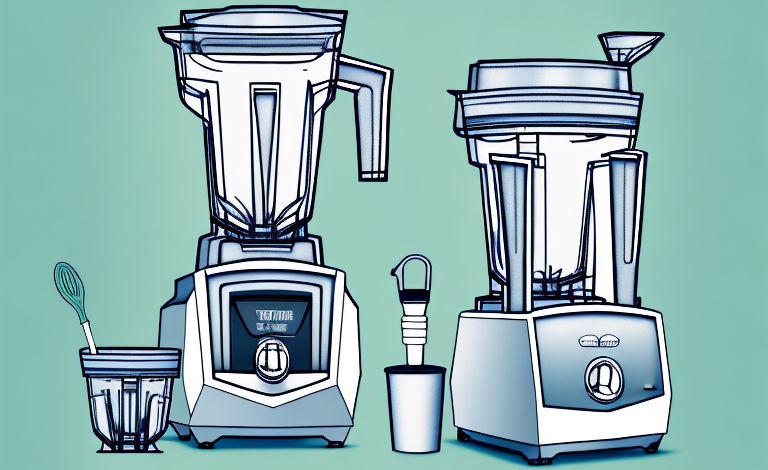Biometrics is the science and technology of authenticating an individual’s identity using unique physical and behavioral characteristics. It has become an increasingly popular method of identification and authentication in various industries, including finance, healthcare, and government. With so many forms of biometric authentication available, it can be challenging to determine which is the strongest. In this article, we’ll explore the different types of biometric authentication and examine which is the most secure.
Understanding biometrics and its applications
Before we dive into the different types of biometric authentication, let’s first examine what biometrics is and how it works. Biometric authentication involves the use of unique biological traits to verify a person’s identity. These traits may include fingerprints, facial features, iris patterns, voiceprints, and even behavioral characteristics such as typing patterns and mouse movements.
One of the most significant advantages of biometric authentication is that it eliminates the need for remembering passwords or carrying physical identity cards. It offers a seamless and convenient way to authenticate users, particularly in high-security environments.
Biometric authentication is not only used for security purposes but also has various applications in different industries. For instance, in healthcare, biometrics can be used to identify patients and access their medical records quickly and accurately. In banking, biometric authentication can be used to verify customers’ identities and prevent fraud. Biometrics can also be used in transportation systems to provide secure access to restricted areas.
What are the different types of biometric authentication?
There are various types of biometric authentication methods available. These include:
- Fingerprint scanning
- Facial recognition technology
- Iris recognition technology
- Voice recognition software
- Behavioral biometrics
Each type of biometric authentication has its own unique advantages and disadvantages. Fingerprint scanning is one of the most commonly used methods due to its accuracy and ease of use. Facial recognition technology is becoming increasingly popular, especially in security systems, but can be less reliable in low light conditions. Iris recognition technology is highly accurate but can be expensive to implement. Voice recognition software is convenient but can be less secure than other methods. Behavioral biometrics, which analyze patterns in a user’s behavior, can provide continuous authentication but may require more processing power.
A closer look at iris recognition technology
Iris recognition technology involves using the unique pattern of the iris to authenticate a user. The iris is the portion of the eye that surrounds the pupil and provides the eye’s color. It has been found to be one of the most accurate and reliable forms of biometric authentication.
One of the key advantages of iris recognition technology is that it is not affected by external factors such as changes in light or vision impairments. The technology is used in various applications, including access control, border control, and national identification systems.
Another advantage of iris recognition technology is that it is non-invasive and does not require physical contact with the user. This makes it a more hygienic option compared to other biometric authentication methods such as fingerprint scanning. Additionally, iris recognition technology can be used for both identification and verification purposes, making it a versatile solution for various industries.
How facial recognition technology works
Facial recognition technology involves using a person’s facial features, such as the distance between the eyes and the shape of the jawline, to authenticate their identity. It is commonly used in security systems, social media platforms, and mobile devices.
While facial recognition technology is convenient and non-intrusive, its accuracy can be affected by factors such as changes in lighting conditions and the user’s facial expression. Additionally, there have been concerns around its potential misuse for surveillance purposes.
One of the main benefits of facial recognition technology is its speed and efficiency. It can quickly scan and match faces against a database of known individuals, making it useful in high-traffic areas such as airports and stadiums. It can also be used to identify missing persons or suspects in criminal investigations.
However, there are also concerns around privacy and data protection. Facial recognition technology often requires the collection and storage of biometric data, which can be sensitive and personal. There have been cases of data breaches and misuse of this information, highlighting the need for strict regulations and ethical considerations when implementing this technology.
Fingerprint scanning: the most popular form of biometric authentication
Fingerprint scanning involves using the patterns on a person’s fingers to authenticate their identity. It is one of the oldest forms of biometric authentication and is commonly used in mobile devices and access control systems.
Fingerprint scanning is considered to be one of the most reliable and accurate forms of biometric authentication. However, it is not foolproof, as it can be affected by cuts or abrasions on the fingers or differences in environmental conditions.
Despite its reliability, fingerprint scanning has faced criticism for its potential to be hacked or spoofed. Hackers have been known to create fake fingerprints using materials such as gelatin or silicone, which can trick the scanner into granting access to unauthorized individuals. To combat this, some fingerprint scanners now use advanced technology such as 3D imaging or infrared sensors to detect fake fingerprints.
Another potential issue with fingerprint scanning is privacy concerns. Some individuals may be hesitant to provide their fingerprints for fear of their personal information being compromised or misused. However, it is important to note that most fingerprint scanners do not store actual images of fingerprints, but rather a mathematical representation of the unique patterns on the fingers, which cannot be reverse-engineered to recreate the original fingerprint.
Voice recognition software: a reliable alternative to traditional passwords
Voice recognition software involves using a person’s unique vocal characteristics to authenticate their identity. It is commonly used in telephone banking and voice assistants such as Siri and Alexa.
Voice recognition software is relatively easy to use and does not require any special hardware. However, its accuracy can be affected by external factors such as background noise and the user’s health conditions.
Despite its limitations, voice recognition software is becoming increasingly popular as a reliable alternative to traditional passwords. This is because passwords can be easily forgotten, stolen or hacked, whereas a person’s voice is unique and cannot be replicated.
Moreover, voice recognition software is more convenient for users who have difficulty typing or remembering complex passwords. It also provides an added layer of security as it is difficult for someone to impersonate another person’s voice.
Behavioral biometrics: a new frontier in user authentication
Behavioral biometrics involves using the unique behavioral patterns of an individual, such as their typing speed and mouse movements, to authenticate their identity. It is a relatively new form of biometric authentication and is still in the early stages of development.
Behavioral biometrics is considered to be an essential tool in fraud prevention, particularly in online banking and financial transactions. However, its accuracy can be affected by various factors such as changes in the user’s behavior or external environmental conditions.
One of the advantages of behavioral biometrics is that it can provide continuous authentication, meaning that the user’s identity can be verified throughout their entire session, rather than just at the point of login. This can help to prevent unauthorized access and reduce the risk of fraud.
Another potential application of behavioral biometrics is in the healthcare industry, where it could be used to monitor patients and detect changes in their behavior that may indicate a health issue. This could help to improve patient outcomes and reduce healthcare costs.
Comparing the accuracy of different biometric authentication methods
While each form of biometric authentication has its advantages and disadvantages, studies have shown that iris recognition technology is the most accurate and reliable. Its accuracy is due to the fact that the iris contains more unique and stable features than fingerprints or facial features.
However, it is worth noting that no form of biometric authentication is 100% accurate or foolproof. They can be affected by various factors such as environmental conditions, user behavior, and health conditions.
In addition to iris recognition technology, voice recognition technology has also been found to be highly accurate in biometric authentication. This method analyzes the unique characteristics of an individual’s voice, such as pitch, tone, and pronunciation, to verify their identity. Voice recognition technology is particularly useful in situations where hands-free authentication is necessary, such as when driving or operating machinery.
Despite the high accuracy of biometric authentication methods, there are still concerns about privacy and security. Biometric data, such as fingerprints or iris scans, can be stolen or hacked, potentially leading to identity theft or other security breaches. It is important for organizations to implement strong security measures to protect biometric data and ensure that it is only used for authorized purposes.
The benefits and drawbacks of using biometrics for security purposes
Biometric authentication offers several advantages, including enhanced security, convenience, and cost-effectiveness. It eliminates the need for passwords, which are vulnerable to hacking and theft. It also provides a seamless and convenient way to authenticate users, particularly in high-security environments.
However, there are also some potential drawbacks to using biometric authentication. These include concerns around privacy and data security, potential errors in the system, and potential misuse of biometric data.
How to implement a biometric authentication system in your organization
Implementing a biometric authentication system requires careful planning and consideration. An organization should start by assessing its security needs and understanding the different types of biometric authentication available.
It is also essential to evaluate the reliability and accuracy of the biometric authentication system before implementation. Additionally, organizations should consider issues such as data privacy and security, and legal compliance.
The future of biometrics: innovations and trends to watch out for
The biometric authentication landscape is constantly evolving, with new innovations and trends emerging. One of the most significant trends in biometrics is the integration of artificial intelligence and machine learning, which is expected to improve accuracy and reliability.
Other emerging trends include the use of wearable biometric devices, such as smartwatches and fitness trackers, and the integration of biometric authentication in mobile payments and e-commerce transactions.
The ethical implications of using biometric data for identification purposes
As with any technology, there are ethical implications to using biometric data for identification purposes. Biometric data is highly personal and can be used to track an individual’s movements and activities, raising concerns around privacy and civil liberties.
It is crucial for organizations to be transparent about how they use biometric data and ensure that they comply with relevant laws and regulations. Additionally, individuals should be aware of the potential risks and benefits of biometric authentication before consenting to its use.
Addressing common concerns about privacy and data security with biometric authentication
Concerns around privacy and data security are some of the most significant challenges facing biometric authentication. Organizations should take several steps to address these concerns, including implementing robust security protocols, securing biometric data, and ensuring compliance with relevant regulations.
It is also crucial for individuals to understand how their data is being collected and used, and to have control over its use. Organizations should be transparent about their data practices and give individuals the option to opt-out of biometric authentication if they wish.
Conclusion
In conclusion, determining the strongest form of biometrics requires an understanding of the different types of biometric authentication available and their unique advantages and drawbacks. While each form of biometric authentication has its strengths, studies have shown that iris recognition technology is currently the most accurate and reliable. However, it’s worth noting that no biometric authentication is entirely foolproof, and organizations must carefully consider the implications of implementing such systems on their security and their user’s privacy.



